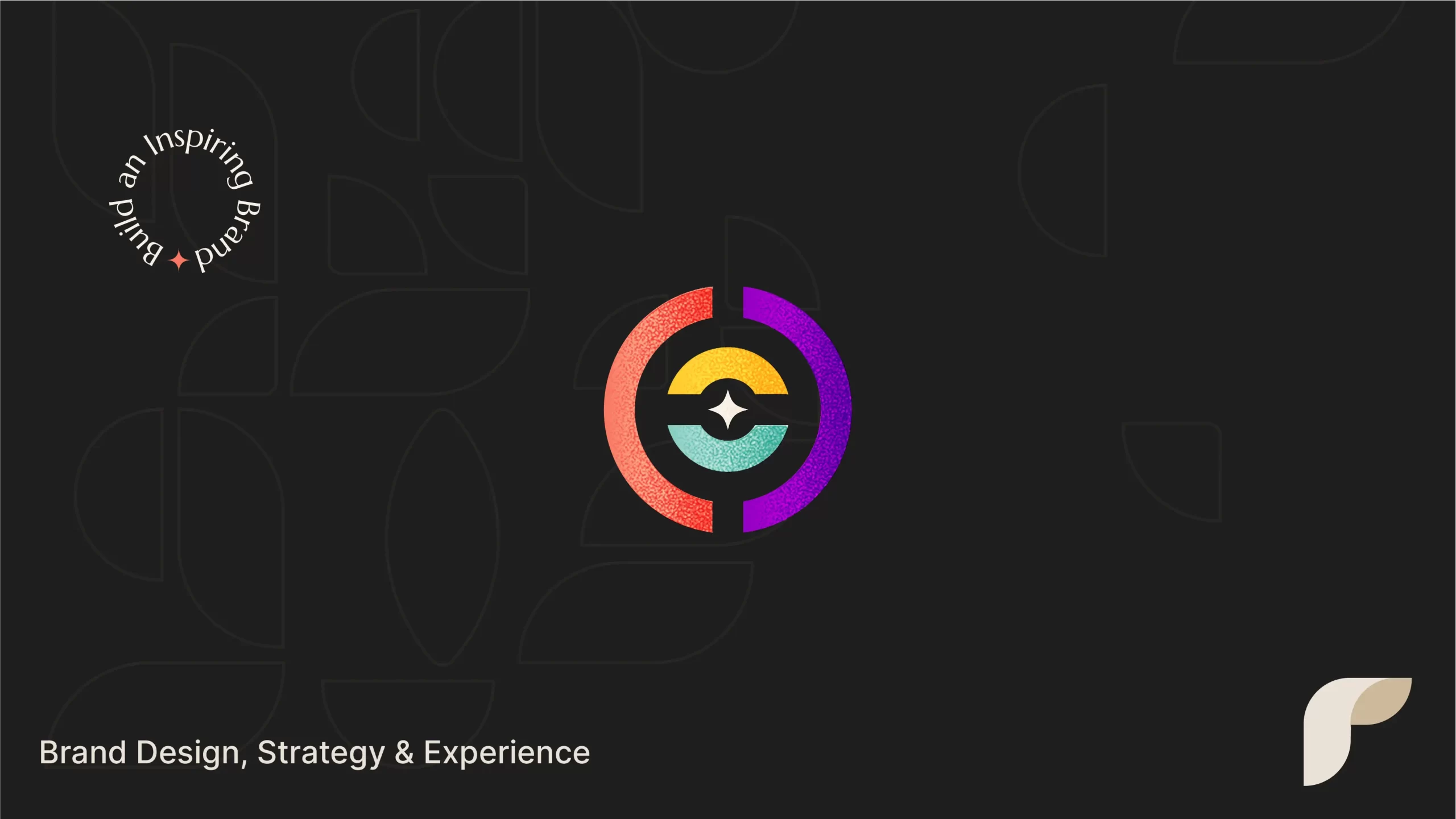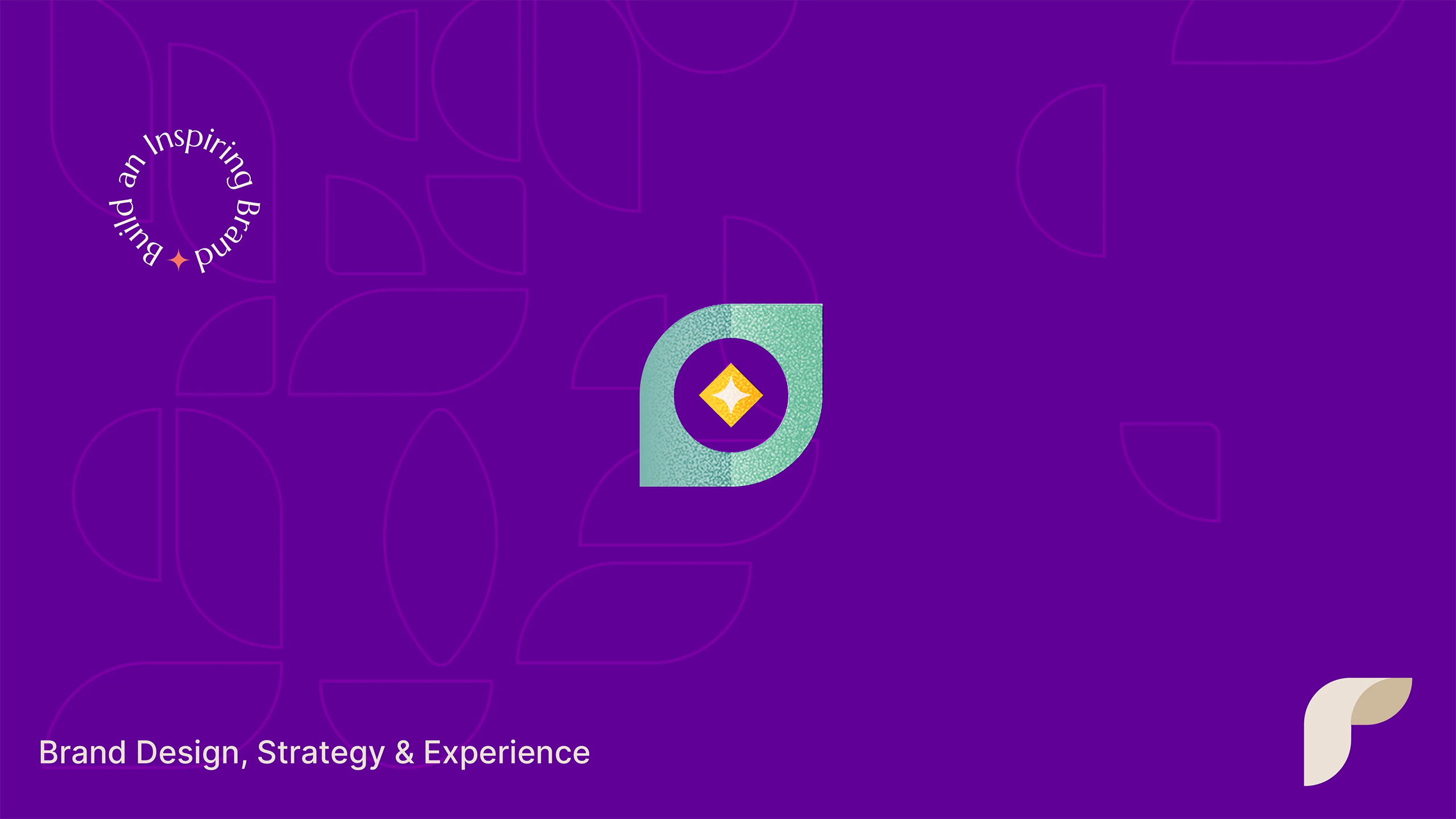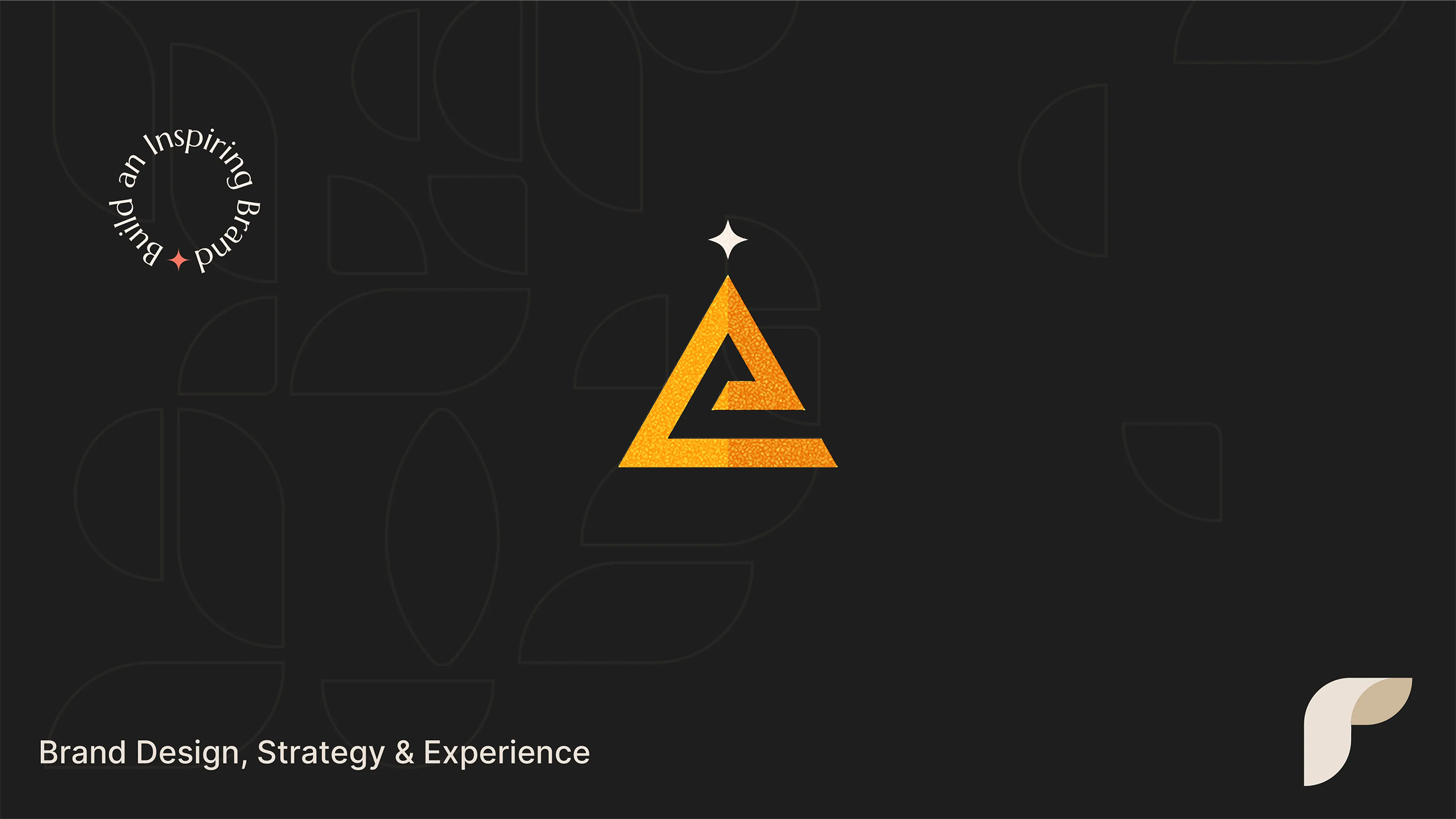Artificial intelligence (AI) is revolutionizing the way we create and conceptualize visual assets. From generating logos and graphics to automating layout and composition, AI-powered design tools are reshaping the world of digital creativity. Rather than waiting for designers to revert, especially when they are busy with other projects, you can use AI tools to get work done in minutes.
However, with these advancements come a host of opportunities and challenges that designers and businesses must navigate. In this guide, let’s get into the opportunities and challenges of AI-generated design. By the end, you will know more about how to use AI for your organization or individual endeavors in design. You will also learn more about the transformative potential of this emerging technology across branding and marketing.
In this article, you will read about,
The promise of AI generated design
At its core, AI-generated design holds the promise of efficiency, scalability, and innovation. By harnessing the computational power of machine learning algorithms, AI design tools can analyze vast datasets, identify patterns, and generate creative solutions at speeds unmatched by human designers.
This newfound efficiency enables designers to streamline their workflows, iterate more quickly, and explore a broader range of design possibilities. Moreover, AI-generated design has the potential to democratize creativity, making professional-quality design accessible to individuals and businesses with limited resources or expertise.
Enhanced creativity and innovation
AI-generated design has the potential to unlock new realms of creativity and innovation, pushing the boundaries of what is possible in design. By augmenting human creativity with machine intelligence, designers can explore novel design concepts, experiment with unconventional aesthetics, and break free from traditional design conventions.
Moreover, AI-powered design tools can generate design variations and iterations at scale, allowing designers to explore a broader range of possibilities and uncover hidden gems that may have been overlooked through manual processes alone. This fusion of human intuition and machine intelligence has the potential to spark new ideas, fuel creative exploration, and drive innovation across industries.
Increased efficiency and productivity
One of the most significant benefits of AI-generated design is its potential to increase efficiency and productivity in the design process. By automating repetitive tasks, such as layout, typography, and image editing, AI design tools free up designers’ time to focus on higher-level creative tasks, such as concept development, ideation, and strategy.
This improved efficiency enables designers to deliver projects more quickly, meet tight deadlines, and take on a higher volume of work without sacrificing quality. Additionally, AI-generated design can help streamline collaboration and communication among design teams, facilitating smoother workflows and more effective project management.
Also read: Impacting personalization using AI in web design and user experience
The challenges of AI generated design
While AI-generated design holds immense promise, it also presents a host of challenges and considerations that designers and businesses must grapple with. These challenges range from ethical concerns and quality control issues to the potential for job displacement and loss of human creativity.
Ethical considerations and bias
AI-generated design raises important ethical considerations regarding bias, inclusivity, and representation. Like all machine learning algorithms, AI design tools are only as good as the data they are trained on. If the training data is biased or lacks diversity, AI-generated designs may perpetuate stereotypes, reinforce cultural biases, or exclude certain demographics.
Additionally, AI design tools may lack the nuanced understanding of human emotions, cultural contexts, and ethical considerations that human designers bring to the table. As such, designers must exercise caution when using AI-generated design tools and be mindful of the potential impact of their designs on diverse audiences.
Quality control and customization
While AI design tools excel at generating designs quickly and efficiently, they may struggle to deliver the level of customization, craftsmanship, and attention to detail that human designers provide. AI-generated designs may lack the subtle nuances, creative flair, and emotional resonance that distinguish human-designed works. You will have to go over every aspect of the design manually to ensure it is up to the mark.
Moreover, AI-generated designs tend to lack the ability to adapt to specific client needs and preferences, brand guidelines, or project requirements. This will often lead to very generic or cookie-cutter designs that fail to resonate with audiences. As such, designers must strike a balance between leveraging AI-generated design tools for efficiency and retaining the human touch and craftsmanship that clients and audiences value.
Job displacement and human creativity
Perhaps the most significant challenge posed by AI-generated design is the potential for job displacement and loss of human creativity. As AI design tools become more sophisticated and capable of handling increasingly complex design tasks, there is a risk that they may replace human designers altogether.
While AI design tools excel at generating designs based on predefined parameters and patterns, they may struggle to replicate the unique human qualities of creativity, intuition, and empathy that are essential to great design. Moreover, the rise of AI-generated design could potentially lead to a devaluation of human creativity and craftsmanship.
This is majorly because clients and businesses prioritize speed, efficiency, and cost-effectiveness over quality and originality. As such, designers must adapt to the changing landscape of design and find ways to leverage AI as a tool to enhance, rather than replace, human creativity and ingenuity.
Conclusion
AI-generated design represents a transformative shift in the way we create and conceptualize visual assets. From enhancing creativity and efficiency to raising ethical considerations and challenges, AI-generated design has the potential to reshape the world of digital creativity in profound ways.
As designers and businesses navigate this evolving scene, it is essential to strike a balance between leveraging AI-generated design tools for efficiency and retaining the human touch, creativity, and craftsmanship that define great design. By harnessing the power of AI as a tool to augment, rather than replace, human creativity, designers can discover new levels of innovation, inspiration, and possibility.




